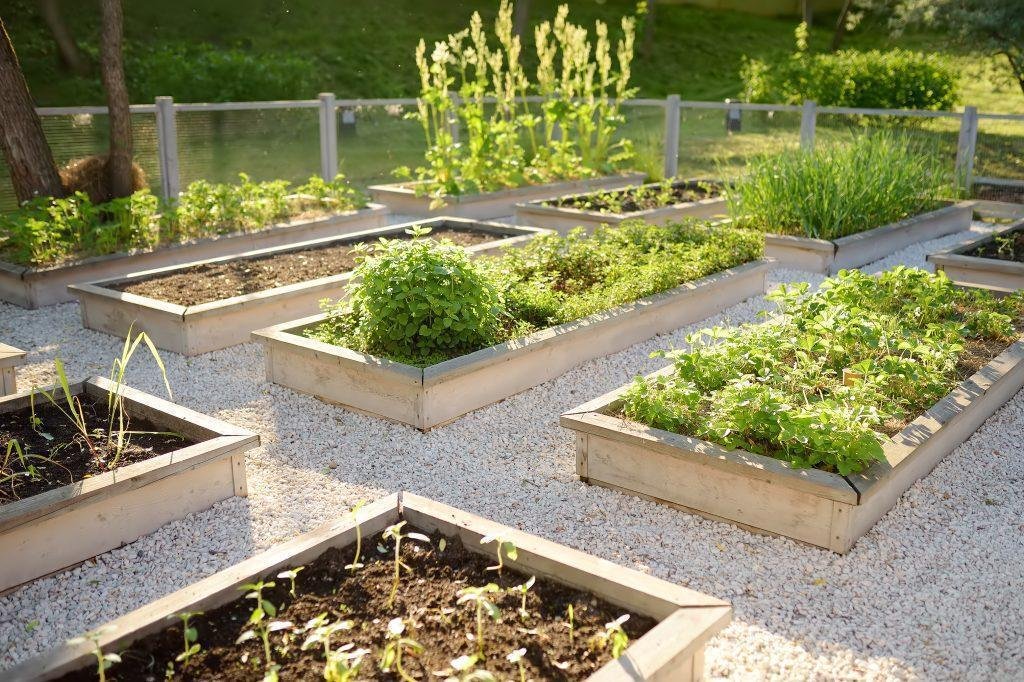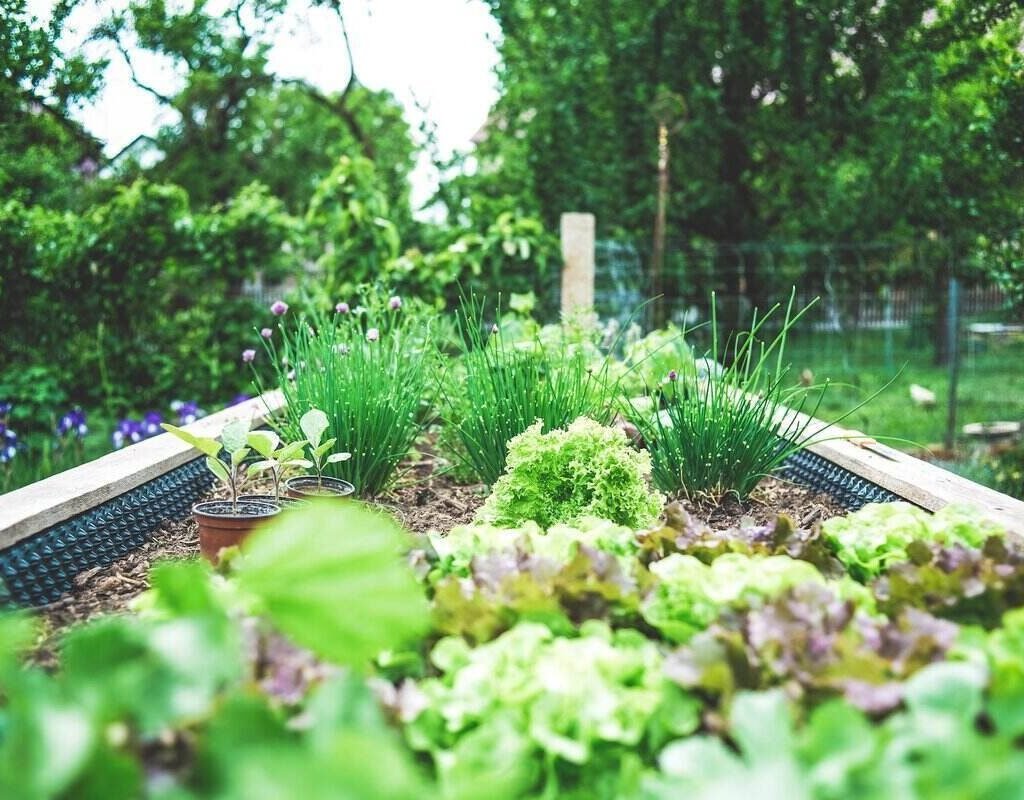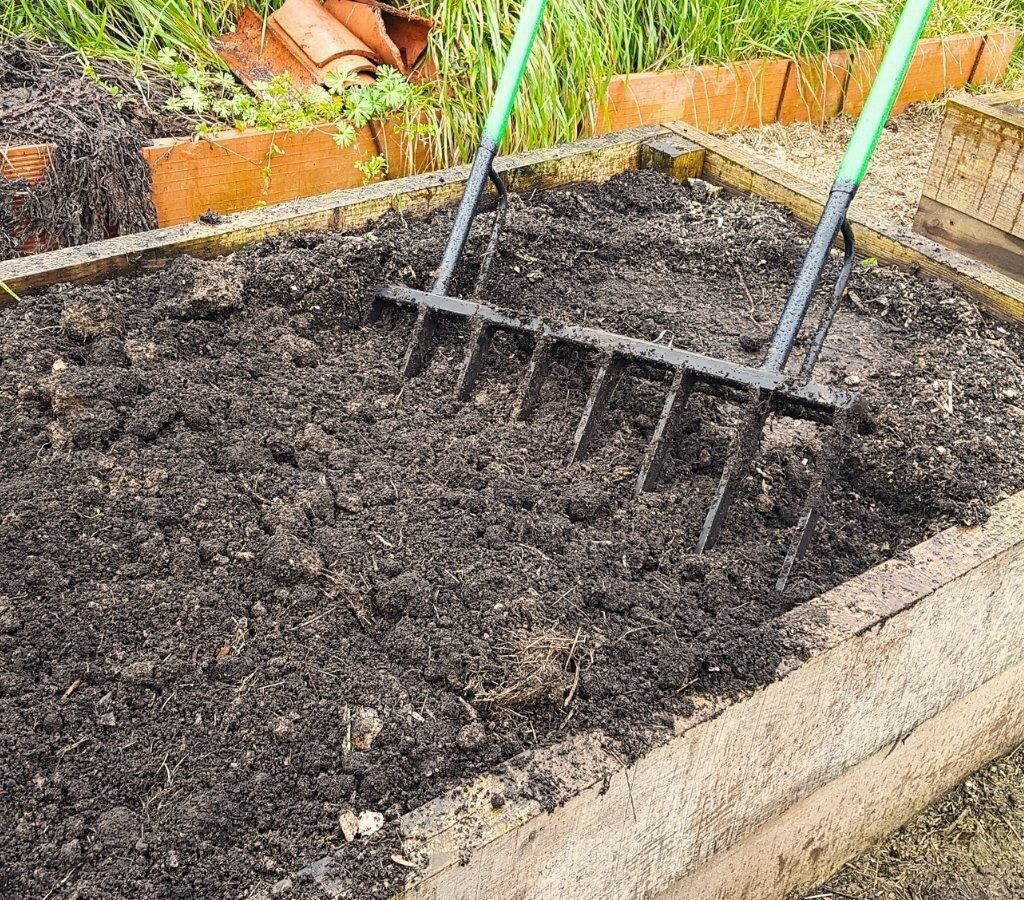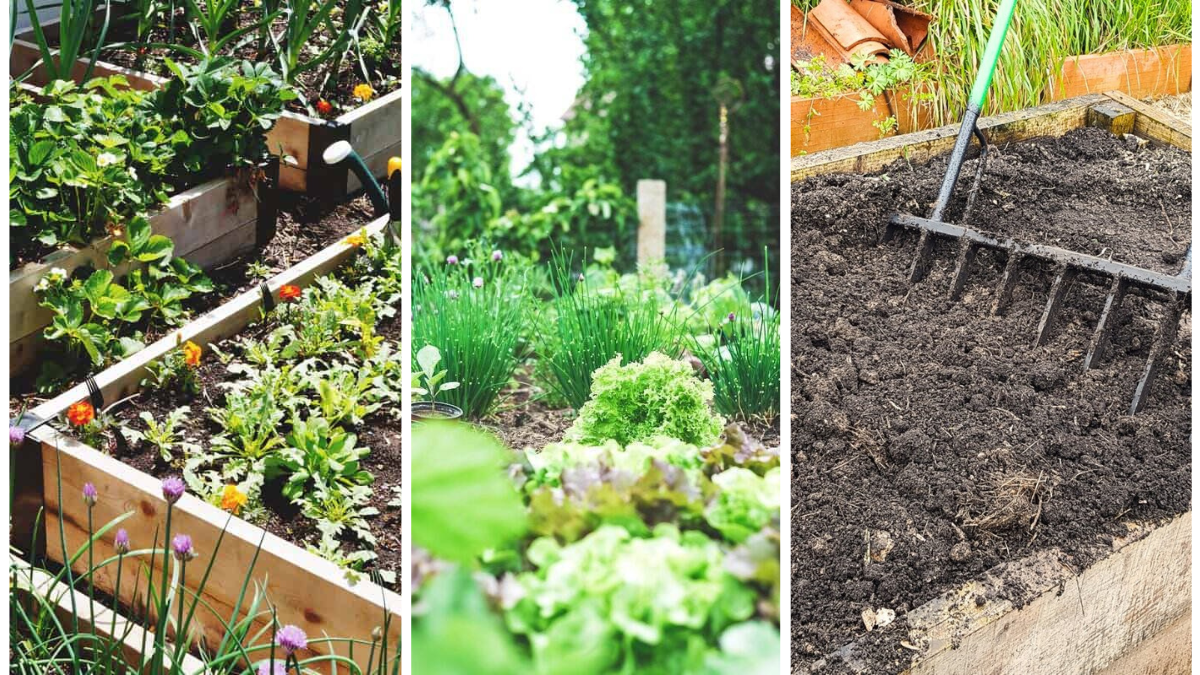Healthy soil drainage is one of the most important aspects of successful gardening. Too much water can suffocate roots, promote fungal diseases, and stunt plant growth, while poor drainage prevents nutrients from reaching where they’re needed most. For many gardeners, the solution lies in building raised beds. Raised beds not only enhance drainage but also give you greater control over soil composition, make gardening more ergonomic, and extend the growing season.
If you’ve ever dealt with soggy, compacted soil or low-lying garden areas that never seem to dry out, raised beds could transform your gardening experience. In this article, we’ll explore why raised beds improve soil drainage, step-by-step instructions for building them, and practical tips to maintain their long-term health.
Why Raised Beds Improve Soil Drainage

Before diving into construction, it’s important to understand how raised beds actually solve drainage issues:
- Elevation Above Ground Level
By lifting the soil above the natural grade, raised beds allow gravity to help water drain away more efficiently. - Controlled Soil Composition
Unlike native soil that may be clay-heavy or compacted, raised beds let you build a custom soil mix that balances sand, silt, organic matter, and compost for optimal drainage. - Prevention of Compaction
Since you don’t walk directly on raised beds, the soil stays loose, allowing water to flow through instead of pooling on the surface. - Adaptability to Poor Locations
If your yard has low spots or heavy clay soil, raised beds essentially create an artificial growing environment where drainage is no longer a limiting factor.
Materials Needed to Build Raised Beds

Building a raised bed doesn’t require complicated tools or materials. Here’s what you’ll need:
- Lumber or Alternative Frame Materials:
- Untreated cedar or redwood (rot-resistant and safe for edibles).
- Composite wood, stone, brick, or metal for durability.
- Avoid treated lumber if growing vegetables, as chemicals may leach into soil.
- Fasteners and Hardware:
- Galvanized or stainless steel screws (to resist rust).
- Corner brackets or stakes for added support (optional).
- Tools:
- Drill or screwdriver.
- Saw (if cutting boards to size).
- Level and measuring tape.
- Shovel and rake.
- Soil Ingredients:
- Topsoil.
- Compost (for fertility).
- Coarse sand or perlite (for added drainage).
- Organic mulch (for surface protection).
Step-by-Step Guide to Building Raised Beds for Better Drainage

Step 1: Choose the Right Location
Pick a sunny spot—ideally 6–8 hours of sunlight per day—with easy access to water. Avoid depressions or areas prone to flooding, as these can overwhelm the drainage capacity.
Step 2: Decide on Size and Height
- Standard raised beds are 4 feet wide and 6–12 feet long.
- Keep width manageable—4 feet allows you to reach the center without stepping in.
- Depth of 10–12 inches works for most vegetables, but if your soil is very heavy or clay-rich, go for 18–24 inches to give roots more room.
Step 3: Build the Frame
- Cut lumber to desired length.
- Assemble into a rectangle using screws and brackets.
- Ensure the frame is square and level to prevent uneven water flow.
Tip: For long beds, add cross-supports to prevent bowing from soil pressure.
Step 4: Prepare the Ground
- Remove weeds and grass from the area.
- Loosen the native soil underneath with a garden fork—this encourages deeper drainage.
- If pests like moles or rabbits are an issue, line the bottom with hardware cloth before filling.
Step 5: Fill with Well-Draining Soil Mix

A good raised bed mix balances moisture retention with drainage. A proven blend is:
- 50% topsoil.
- 30% compost.
- 20% coarse sand, perlite, or vermiculite.
This ensures nutrients are available but excess water drains freely.
Step 6: Mulch the Surface
Top with 2–3 inches of straw, shredded bark, or leaf mulch. This prevents soil from drying too quickly, reduces erosion during heavy rains, and keeps drainage consistent.
Best Practices for Improving Drainage in Raised Beds

- Avoid Overwatering
Even with good drainage, too much water can cause problems. Use drip irrigation or soaker hoses for consistent, measured watering. - Amend Soil Annually
Over time, soil may compact or lose organic matter. Add compost every spring to restore structure and drainage. - Elevate Beds in Wet Areas
If your yard floods, build taller beds (18–24 inches) and consider gravel at the bottom for additional drainage. - Monitor with the Finger Test
Stick your finger 2 inches into the soil—if it feels dry, it’s time to water. If it’s moist, wait another day. - Rotate Crops
Different root systems affect soil structure. Rotating crops prevents compaction and maintains good pore space.
Raised Bed Design Options
Raised beds don’t have to be plain rectangles. You can customize them based on your garden’s style and your drainage needs:
- Tiered Beds: Great for sloped yards where water naturally runs downhill.
- Stone or Brick Beds: Long-lasting, excellent for water-heavy regions.
- Metal Beds: Modern look with strong sidewalls to resist bowing.
- Keyhole Beds: Circular design with composting basket in the center to improve soil health and drainage simultaneously.
Plants That Benefit Most from Improved Drainage
Some plants thrive when excess water is removed quickly. Raised beds are especially helpful for:
- Root Crops: Carrots, beets, radishes, and potatoes.
- Mediterranean Herbs: Lavender, rosemary, thyme, and sage.
- Leafy Greens: Lettuce and spinach dislike “wet feet.”
- Fruits: Strawberries and tomatoes prefer looser, well-draining soil.
Common Mistakes to Avoid
- Using Poor Soil Mix: Heavy clay or sandy soils alone won’t provide balanced drainage. Always mix organic matter in.
- Skipping Ground Prep: Hardpan under the bed can prevent water from draining even if the bed is elevated.
- Building Beds Too Wide: Makes maintenance harder and encourages stepping on soil, which compacts it.
- Not Accounting for Settling: Soil will settle 2–3 inches in the first season; overfill slightly when starting.
Long-Term Maintenance for Optimal Drainage
- Add Compost Regularly: Keeps soil porous and alive with beneficial microbes.
- Replenish Mulch Each Year: Protects soil from evaporation and erosion.
- Check for Erosion: After heavy rains, make sure soil hasn’t washed out from corners.
- Aerate if Needed: Use a garden fork occasionally to loosen compacted areas.
Final Thoughts
Building raised beds is one of the most effective and rewarding ways to improve soil drainage. By elevating your plants above ground level and creating a custom soil environment, you eliminate the frustration of waterlogged roots and inconsistent growth. With just a few basic materials and some thoughtful planning, you can create raised beds that not only drain efficiently but also yield healthier, more productive plants.
The beauty of raised beds lies in their adaptability: whether you’re working with clay-heavy soil, a sloped yard, or simply want a neater, more organized garden space, raised beds can provide a long-term solution that enhances both soil health and your gardening success.
